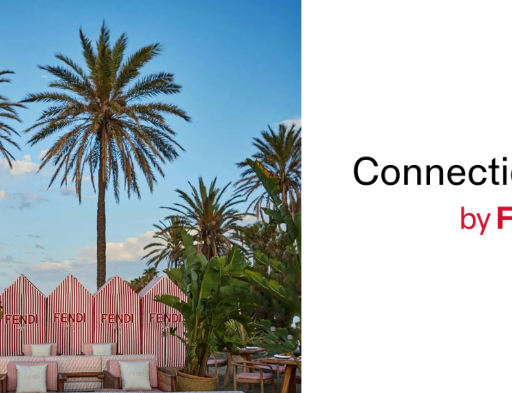What’s more relaxing than a starry, starry night, the silence of a rural landscape at night, the tranquillity of nature? Now, think about how long it’s been since you’ve seen the sky lit up with stars. If you really want to see the night sky in its natural state, you would have to get away from towns and cities, far away from our everyday surroundings.
Light pollution is on the rise, and violates UNESCO’s 2007 Starlight Declaration, which describes our right to enjoy a star-filled sky. Can light and darkness really co-exist? Well, the Slowlight movement believes that this is not only possible, it’s necessary.
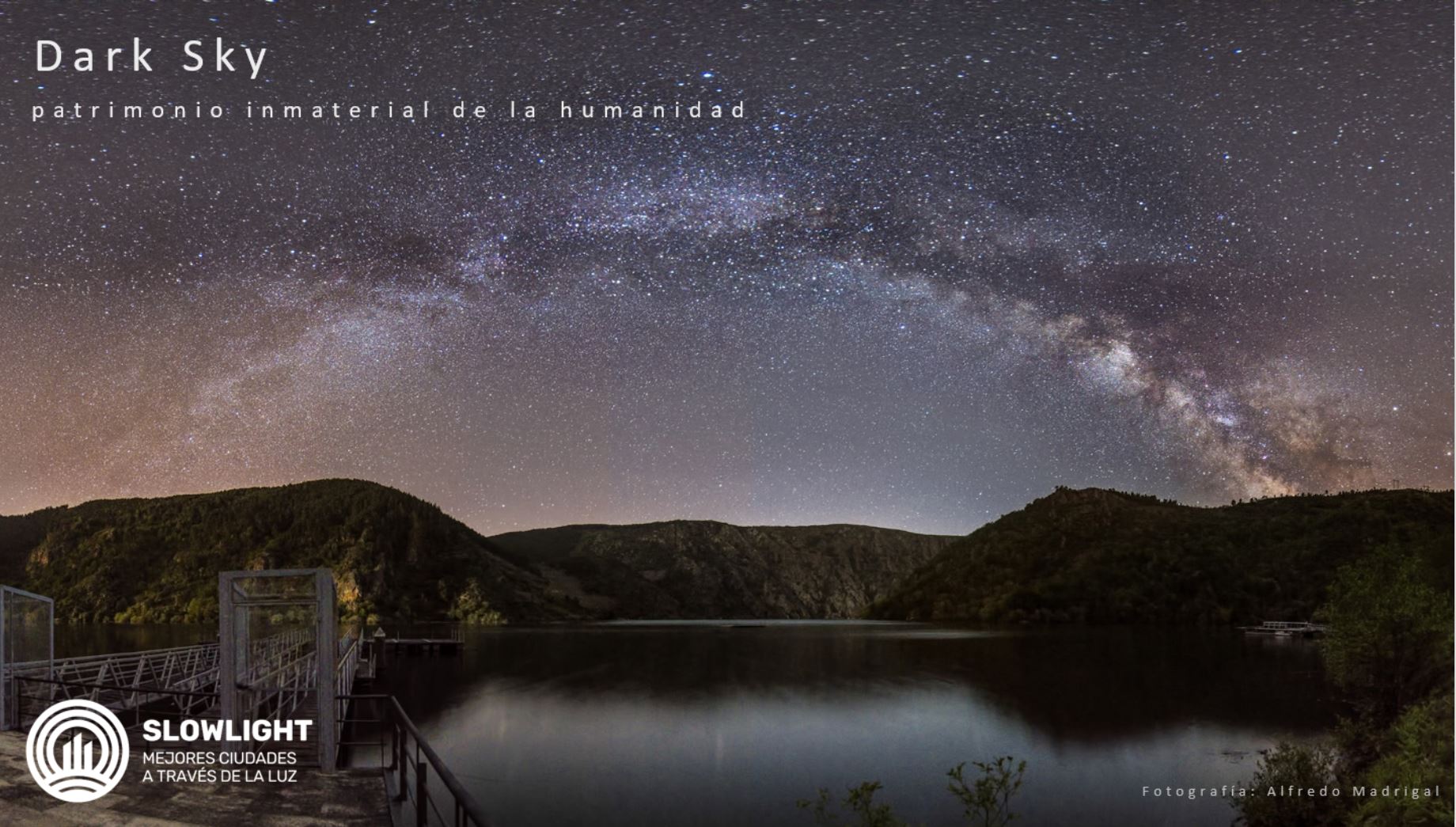
What is Slowlight?
Slowlight is a grass-roots movement that was started in May 2020 by two Galicians, Coque Alcázar and Raquel Valiño, with the goal of “getting the message out there about a new culture of sustainable lighting in public spaces, the design of the night-time landscape, and protecting the night itself by seeing it as something of value that all of us have a responsibility to protect”, says Alcázar.
The way forward has already been mapped out. What started in Galicia, thanks to two very committed and knowledgeable people from the public lighting sector, has now spread all over the world. Public institutions, private companies, and concerned citizens have all joined the Slowlight movement because, as Alcázar explains, “all cities need the night to be sustainable”.
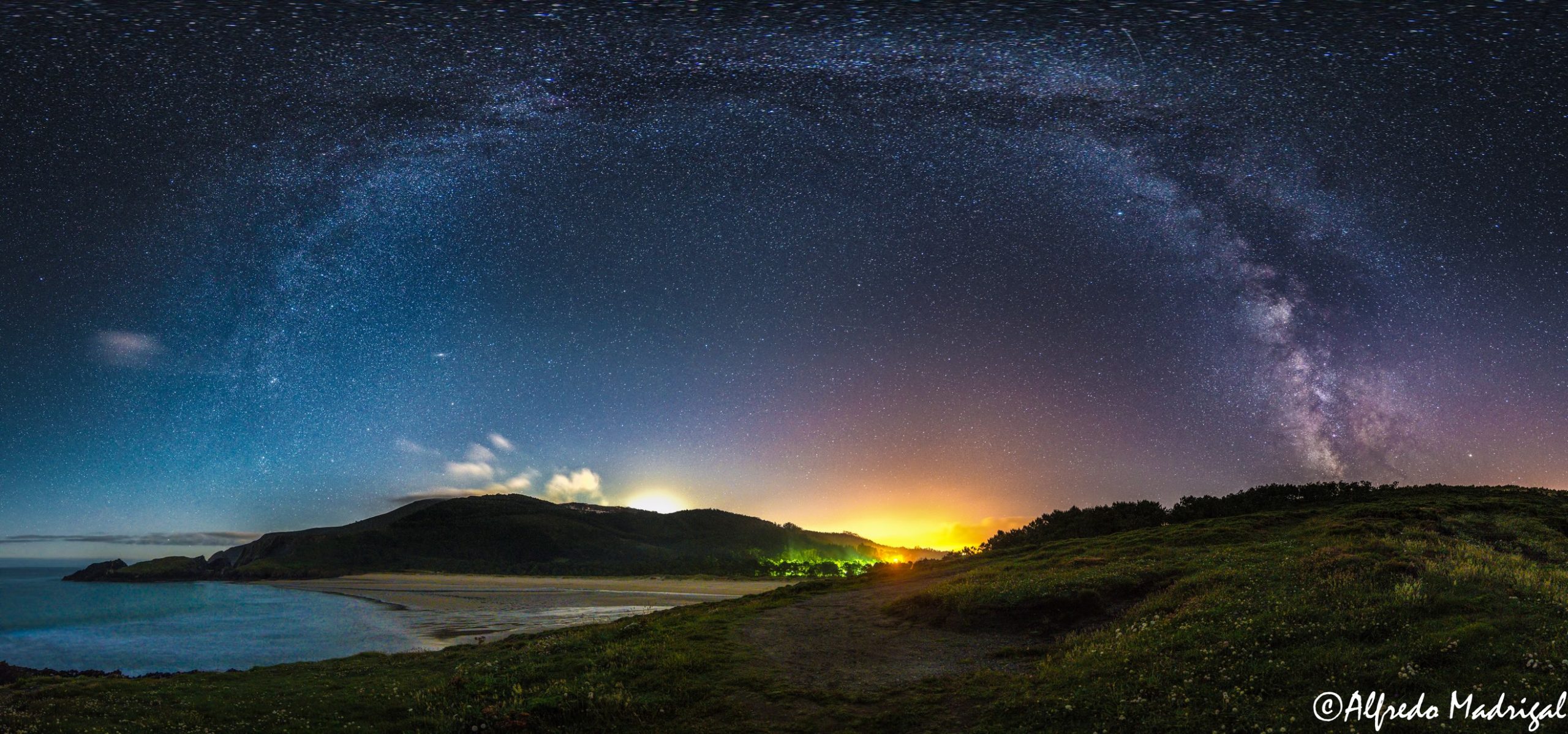
Light pollution
One of the main goals of this movement is to raise awareness. We need to understand that excessive or poor lighting results in what is known as light pollution.
Sustainability is now a global objective. In the fight against climate change, the need to find a solution to environmental pollution has become a common goal. Noise pollution is also recognised as a problem that damages our physical and mental health, and we are looking for ways to replace noise with silence.
But what about light? “People don’t really understand that light pollution exists,” Alcázar explains. In fact, lighting in towns and cities is a symbol of development, progress, and comfort. That’s what we thought fifty years ago and that’s what we think now. But this false assumption is actually root of the problem.
“Back then, nobody really understood that we were destroying the night,” says Alcázar. “Even today, when someone sees a blinding or very intense light, their first thought is that it’s annoying. Nobody realises that light at night is the definition of a pollutant. It alters the environment and people’s health. That’s the definition of pollution itself.”
It’s getting harder and harder to enjoy a starry sky because light pollution is extending geographically and increasing in intensity. Alcázar offers this surprising example: “On a clear night, you can see the lights of Madrid from the Pyrenees. Madrid is hundreds of kilometres away. It’s starting to have a real impact. People are realising that this intrusive light means they have to close their blinds, even if they want sleep with the windows open in summer”.
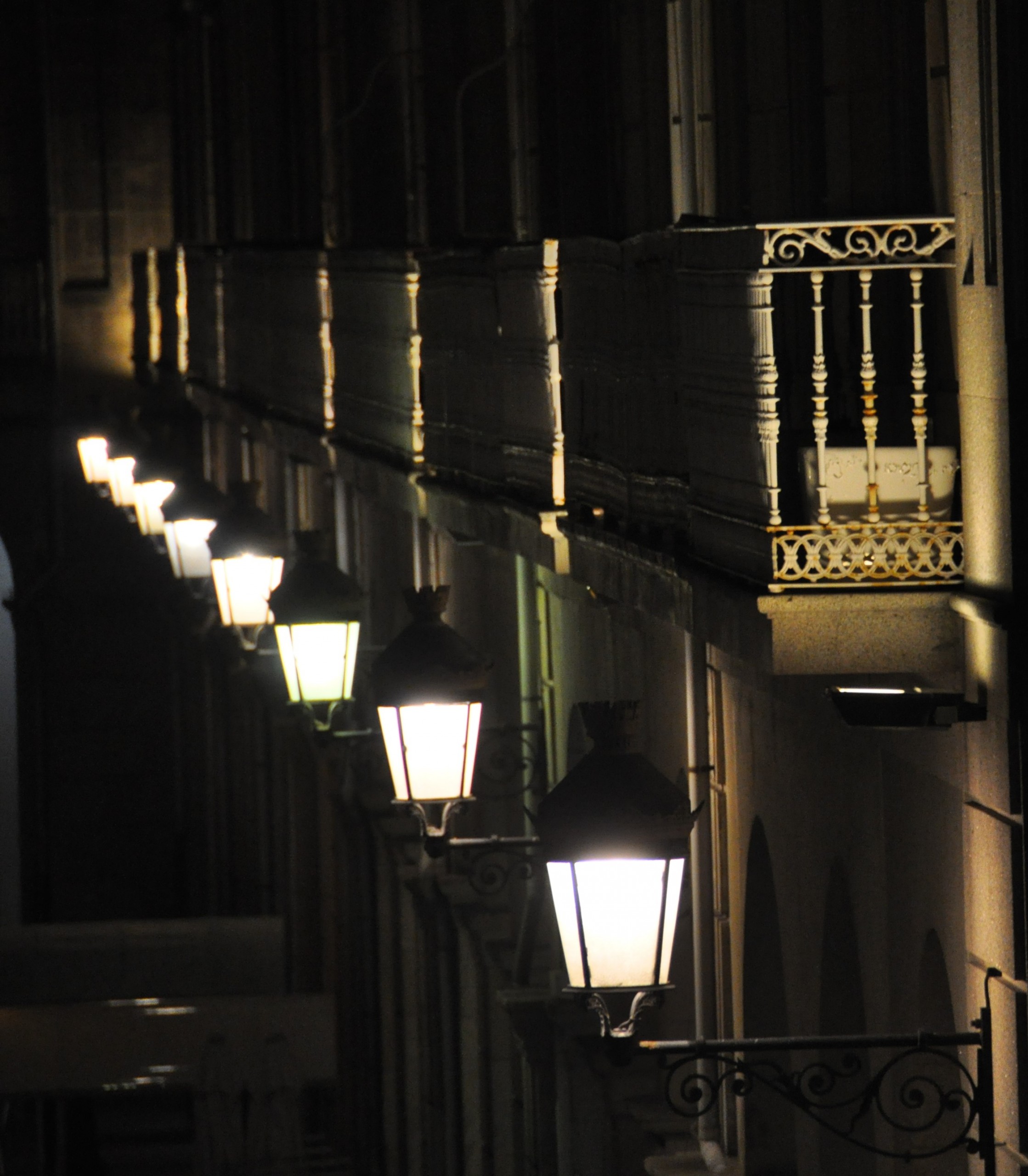
Calm and emotive light are the answer
How can we start to reduce light pollution? Slowlight isn’t trying to turn off city lights, but rather “design a night landscape in a different way, using emotive lighting made for the people”. It’s as simple (and as complicated) as lighting cities well, which will result in a drastic reduction in light pollution.
There’s no magic formula. Each case must be studied individually. But there are a few guidelines that can help us achieve this goal. “Light must be integrated; the light and the dark must send a message. When we think about lighting up an urban space, we must start by thinking about the things that don’t require any lighting, areas that we can be dimly lit, or left in the shade, or even in total darkness. This will result in a balanced design rather than lampposts everywhere,” says Alcázar.
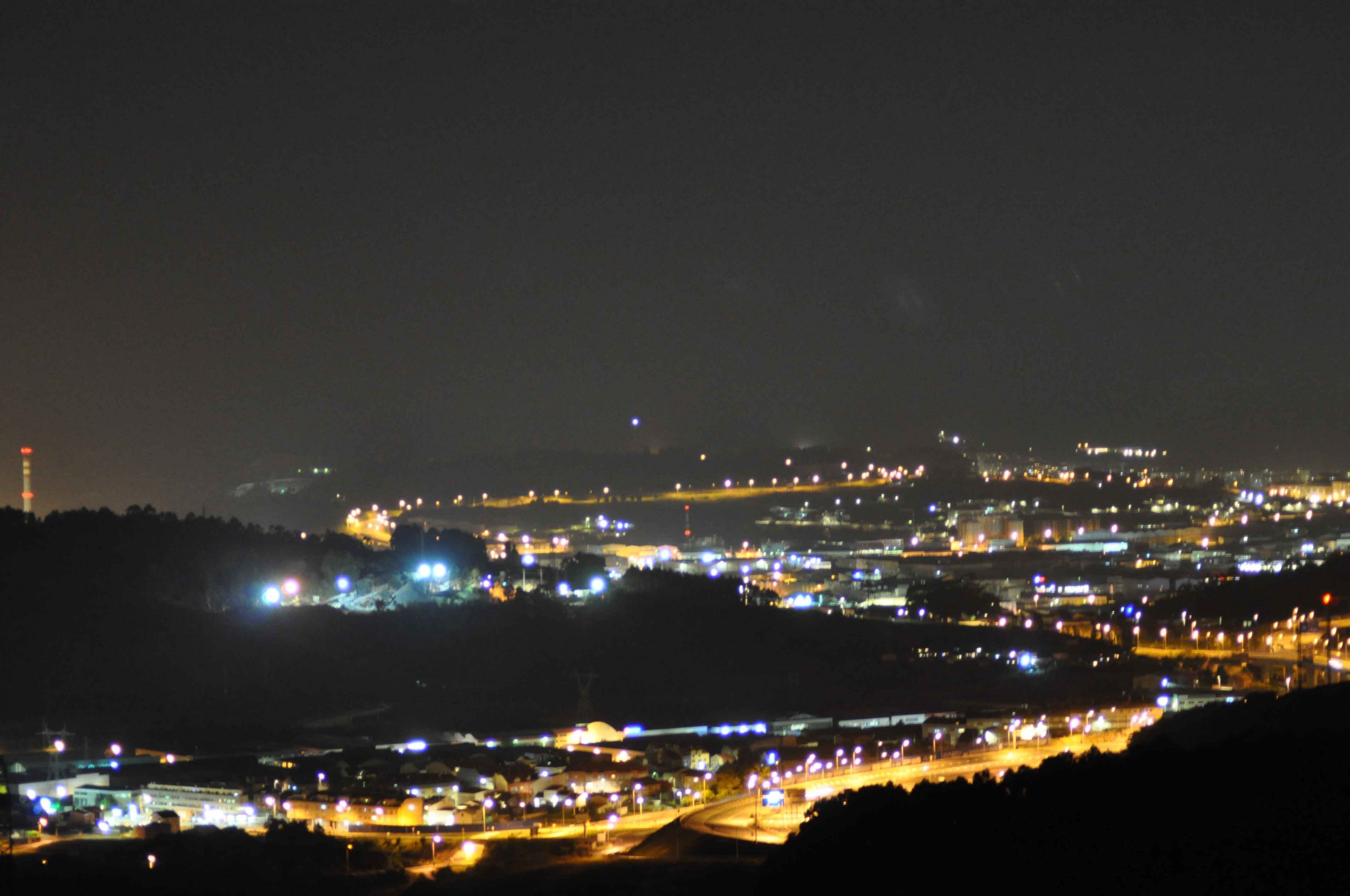
Cities at night should be calm, peaceful places that invite us to rest. Technology has already provided the tools for us to achieve this, allowing us to adjust the colour of light and its intensity. Floodlights can emulate the sun’s path from dawn until dusk. This, plus adequate knowledge, professional design, and clear lighting plans, will allow us to create comfortable, sustainable, and inviting night-time landscapes without sacrificing our safety.
Lighting at home
Adequate, calm-inducing lighting will make our cities more sustainable and improve our health. Light pollution can negatively affect our circadian rhythm. As Alcázar explains, “we need daylight to activate our minds and darkness or the dimmest light possible to allow our bodies to enter the resting phase. This biological rhythm found in humans and other living beings is regulated by light”.
According to Slowlight, one of the main health problems associated with light pollution starts inside the home. We are sleeping two hours less than we did a century ago and, not only are we sleeping less, but the quality of our sleep is also worse. This can be contributed to the frantic pace of our lives as well as the fact that “sometimes we are looking at phones, televisions, and computers until midnight, [meaning] we are using the wrong type of light [because] it contains blue light which reminds us of daylight. We are interrupting the production of melatonin in our body, meaning that the quality of our sleep is worsening”.
Lighting in public spaces is also affecting the light in our homes, as the cool-toned lighting used in cities makes its way into our homes through our windows.
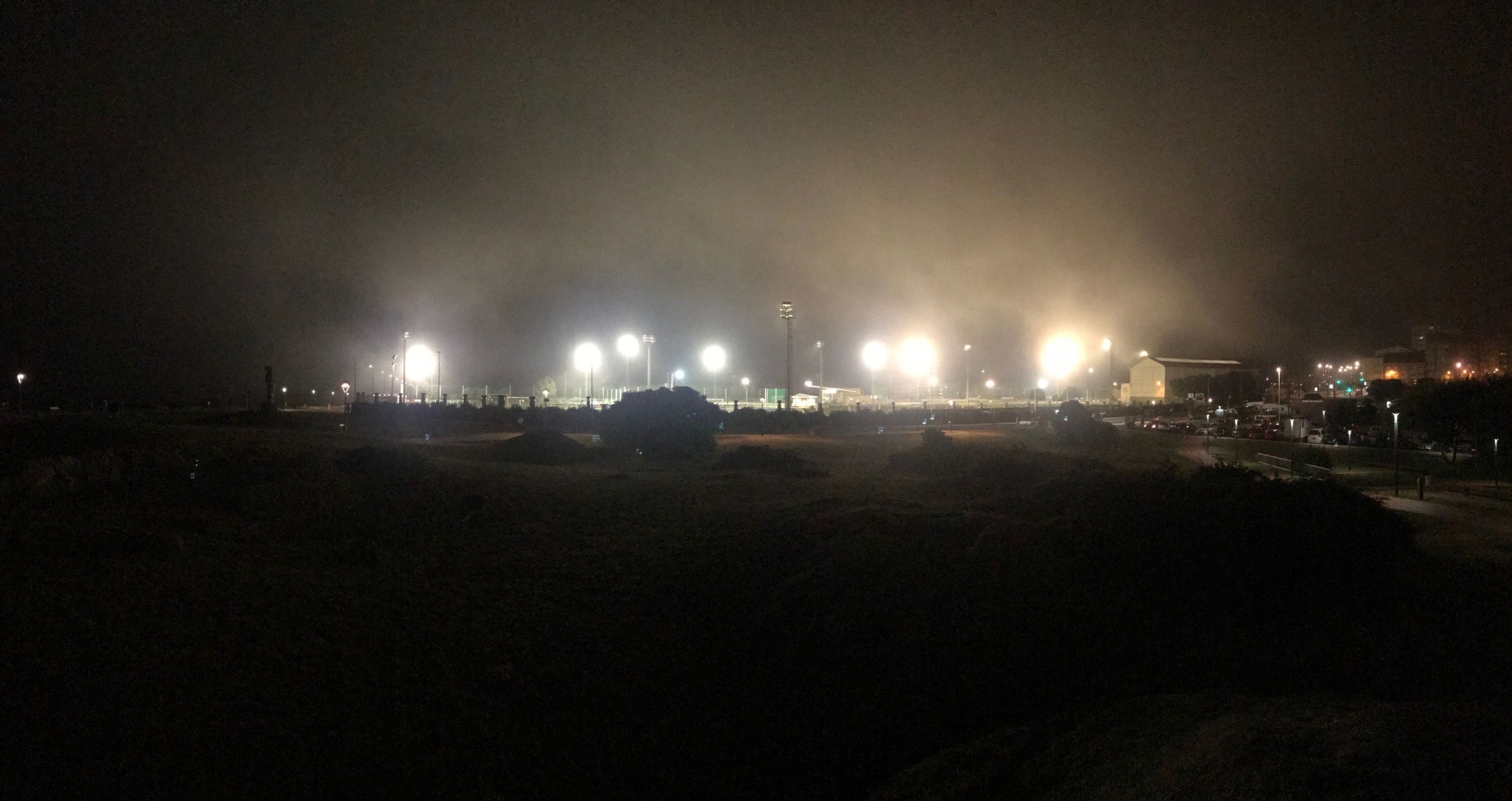
A useful tool for tourism
Slowlight highlights the fact the public and private sectors must share the responsibility when it comes to this issue because, while improving lighting and taking back the night to make cities more sustainable might seem radical, the possibilities are endless.
Though the movement is relatively new, it has been intense, and it has already managed to form an alliance with tourism. Cities such as A Coruña, where the Slowlight movement began, have included the Slowlight principles in their strategy for offering visitors a comfortable and tranquil landscape that invites them to enjoy the peace and calm of the night.
Hotels have also started discussing the initiative as a way of adding value, as it will help guests sleep better. “If you are in a hotel room with lighting that was designed using Slowlight guidelines, you will definitely sleep better,” says Alcázar.
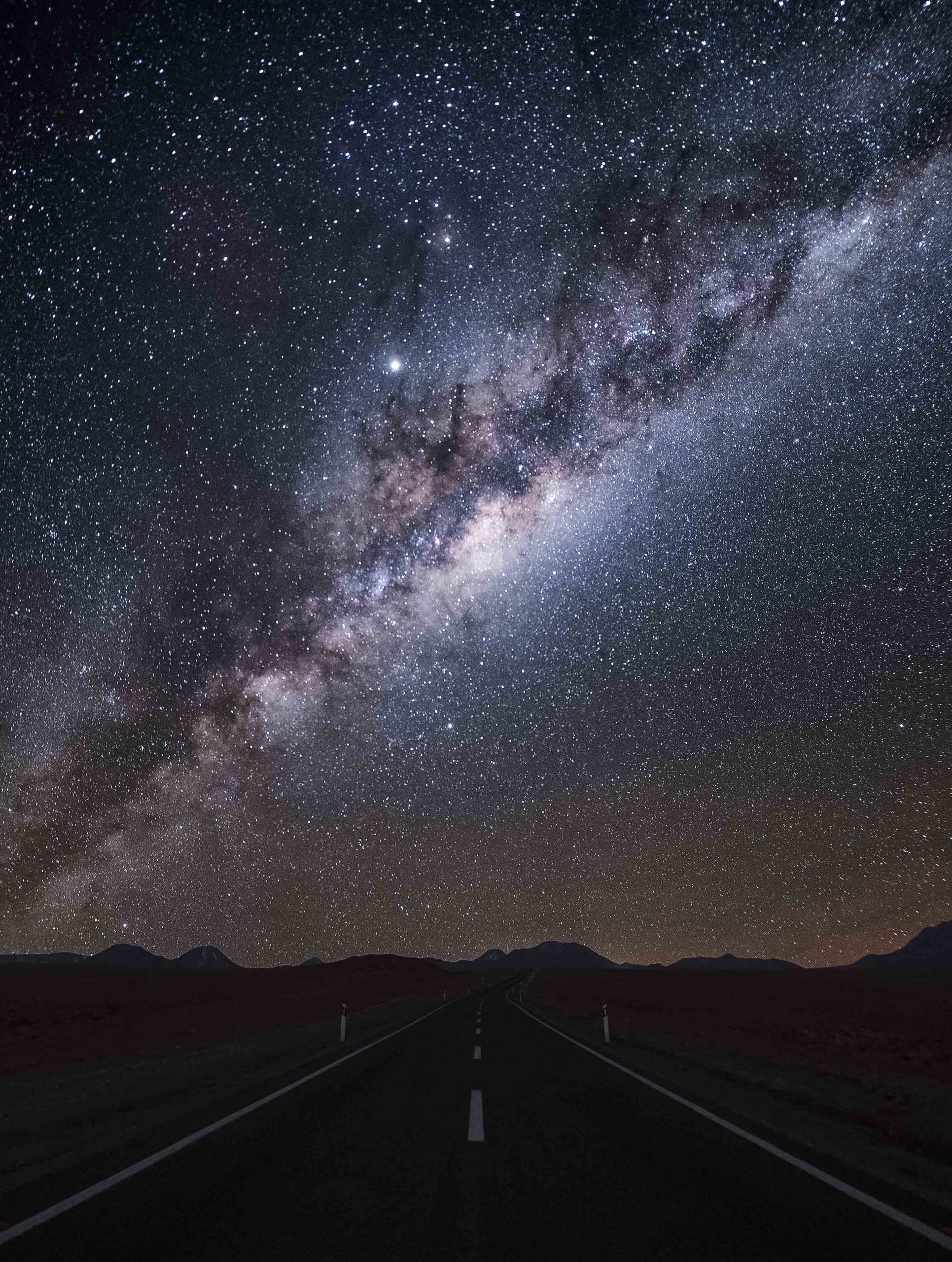
Goals for 2030
The movement has been around for less than a year, but what started as the idea of two committed and conscientious people has become a grass-roots movement that’s being embraced all over the world. The movements original expectations have already been surpassed but there is still so much more to do.
“Our dream is that, in 2030, we will look back and see that we helped make the planet more sustainable in some small way”. Are you interested in helping Coque Alcázar and Raquel Valiño achieve their dream? Will you be part of the Slowlight movement?



